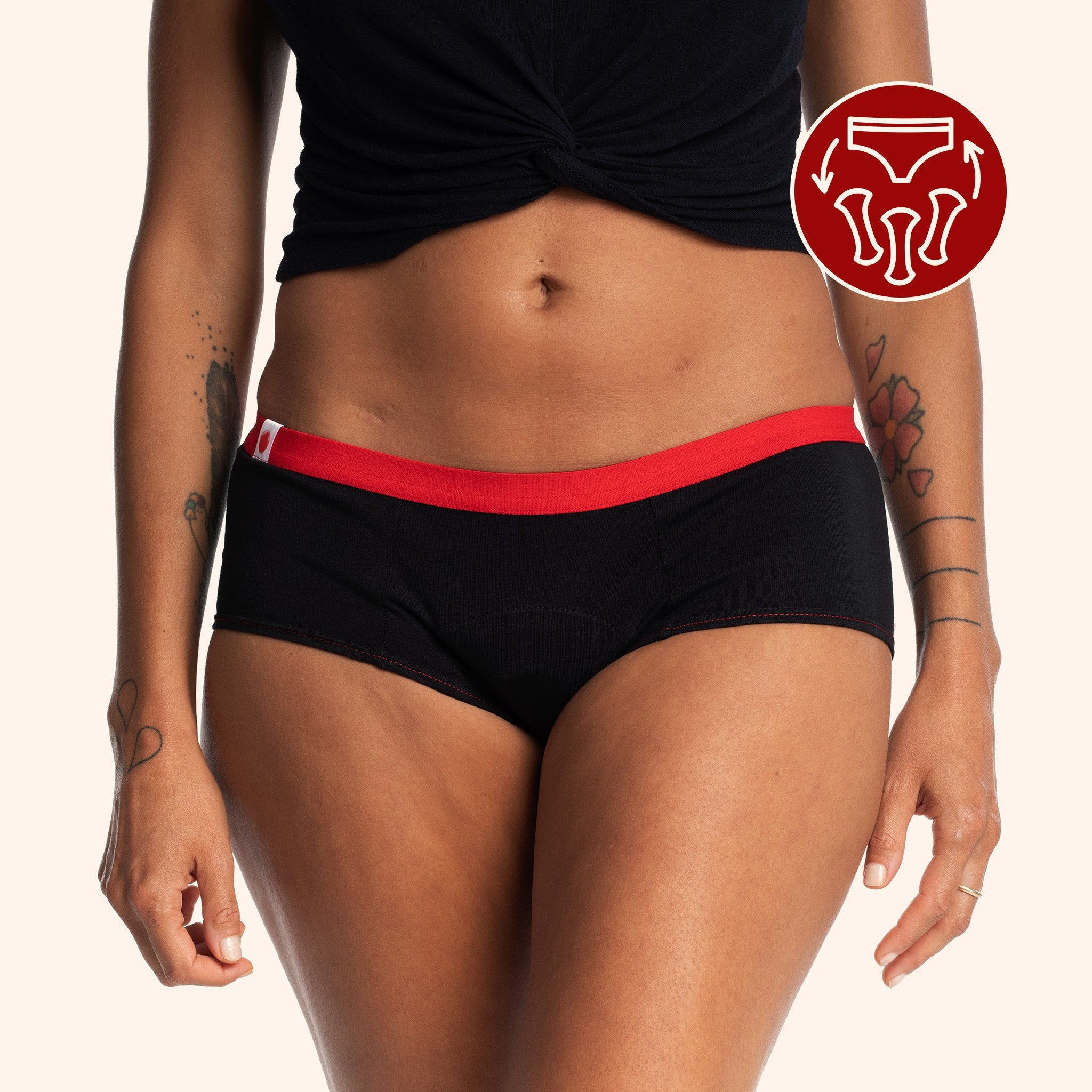Inclusion in 2021... how to navigate it? The rise in popularity of pronouns on social media is just one of the signs indicating the growing place that inclusion and diversity occupy in our daily lives, especially in the positioning of companies (much to our delight!).
A complex and delicate subject
Cis, trans, non-binary, queer, cispassing... it can sometimes be difficult to decipher the multitude of terms that emerge surrounding the theme of inclusion. These are often realities that have existed for a long time, but for which no term had been coined. As the Turkish poet Ilhan Berk stated so well: "What is not named does not exist". Words are valuable tools for mutual understanding, respect and openness.
 For many, it is easy and natural to identify with the gender assigned to them at birth (based on their sex). For others, the box that the doctor ticked from their first minutes of life on Earth goes against how they (them) feel deep down.
For many, it is easy and natural to identify with the gender assigned to them at birth (based on their sex). For others, the box that the doctor ticked from their first minutes of life on Earth goes against how they (them) feel deep down.
To make our daily lives more inclusive, the first step is to become familiar with keywords related to gender identity, which is much more colourful and nuanced than a black checkmark in a white box. We have to say that the spectrum of gender identity is as diverse as the humans who exist.
Small lexicon of inclusion
Sex
Sex mainly corresponds to the biological nature of a person's genitals. It is often described in binary terms (female or male), but can also vary between the two (intersex people).
Gender
Gender refers to a continuum of self-identification with the feminine or the masculine, or to any nuances between these two poles. Gender identity is therefore the gender with which a person associates, regardless of the sex assigned at birth. Simply put, while sex is biological, gender is more of a social nature.
Cis
A cis person is a person whose gender corresponds to the sex assigned at birth. For example, a cis woman is a person with so-called female genitalia who identifies as a woman. Attention! A person may "look" cis but be trans; this is called cispassing. Little tip: Never assume another person's gender identity.
Trans
A trans person is a person whose gender does not match the sex assigned at birth. Being a trans person does not necessarily imply the choice to undertake a medical transition, and is in no way related to physical appearance.
Non-binary
A non-binary person is a person whose gender is outside the male-female binarity, that is, who identifies as both male and female, or neither.
Queer
The term queer was once considered pejorative as meaning "bizarre" or "abnormal", and has been reappropriated by some members of the LGBTQ+ community in a form ofempowerment. Queer people use this umbrella term to assert their sexual orientation or gender identity in an effort to get out of the rigid boxes of dominant models.
Gender Dysphoria
Refers to discomfort, distress and operational difficulties that occur when the gender a person identifies with does not match the sex assigned at birth. Imagine that society assigns you ways of being and acting according to your biological sex, but your head and heart tell you otherwise... that's gender dysphoria.
Why is it important to display your pronouns even if you are cis?
You've definitely seen a wave of people include their pronouns in their Instagram bio in the last few weeks! Since this is an increasingly widespread trend (and with good reason!), we thought it appropriate to make a small parenthesis on this inclusive fashion that we would not do without.
Even if you're a cis person and people usually assume your pronouns correctly (in other words, don't get you messed up), why is it important to display them in your bio or any other place where your name appears (zoom, email, etc.)?
Because it's a beautiful act of solidarity with the LGBTQ+ community, quite simply!

It is a very simple habit that makes it possible to normalize the freedom to choose one's identity. It also normalizes the fact that we don't take people's pronouns and gender identity for granted. That's all!
She, he, they, them... The main thing is to find the pronoun that makes us feel good and comfortable. On the other hand, as @leksendrine says so well, despite the relevance of this habit, we must not shame people who do not display their pronoun, because we do not know what they are currently going through. Maybe they're trying to do their coming out but don't feel ready, and sharing their pronoun would add a layer of dysphoria to them. In short, let's be forgiving and support ourselves as a human community!
If you are wondering: But what's the connection with Mme L'Ovary? We can respond in two ways:
- Mme L'Ovary's social mission is to create an engaged community where each person feels welcomed and in their place.
- Another article will be released shortly, illustrating the link between gender identity and the menstrual cycle. Small hint: no, it is not only women who menstruate. Stay tuned!
















